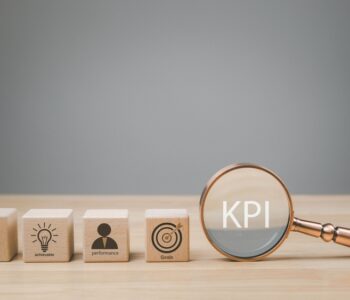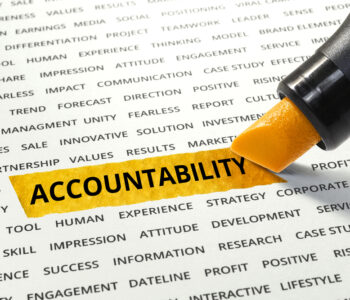Post Type: Article
- Navigating Overdue Accounts in Tough Economic Times: Six Strategies for Ensuring PaymentIn times of economic slowdown, cashflow becomes even more critical for businesses. With fewer funds circulating, some customers may struggle to fulfil their financial obligations. To safeguard your business and mitigate cashflow risks, here are six steps to help you secure overdue accounts: Maintain Firm Terms of Trade While upholding your payment terms is crucial,…
- The seventh cause of poor cashflow: boosting low salesMany businesses face the challenge of maintaining viability when sales fail to cover overheads and cash demands, leading to a perpetual increase in overdrafts. To address this issue, it’s essential to implement strategies that bolster sales effectively. Here are five key strategies to consider: Increase Customer Retention Focus on retaining existing customers by providing exceptional…
- The fifth cause of poor cashflow – gross profit margins are too lowDiscover how optimising your gross profit margins can positively influence cashflow and bolster financial stability for your business. Uncover actionable tactics to elevate profitability and maximise returns on sales. Understanding Gross Profit Margins Your gross profit margin represents the residual amount from total sales revenue after deducting variable costs. Calculate your gross profit margin to…
- The third cause of poor cashflow – your inventory turnoverLearn how optimising your inventory turnover can alleviate cashflow challenges and enhance financial stability for your business. Explore actionable strategies to convert stock into cash faster and improve overall profitability. Learn why inventory turnover is important here. Understanding Inventory Turnover Calculate your inventory turnover by dividing your cost of sales by your average inventory or…
- The first cause of poor cashflow – your cash lockupWhen it comes to business, profit and cash flow are not one and the same. While profit reflects the revenue generated from your work or sales, cashflow is the actual money flowing in and out of your bank account. One of the primary culprits of poor cashflow is what we call “cash lockup.” Cash lockup…
- Step 9 of Building a Better Business: Monitor Your Business Progress Effectively with Key Performance Indicators (KPIs)Just as you keep a close eye on your dashboard while driving, your business should have its own set of essential metrics to regularly monitor business progress. Creating a business dashboard involves a simple four-step process: Choose Impactful Key Performance Indicators (KPIs) Identify three to five KPIs that hold significant influence over your goal achievement.…
- Step 7 of Building a Better Business: Elevating Success through AccountabilityBreaking the cycle of unmet resolutions requires more than good intentions—it demands accountability. With approximately 80% of New Year’s resolutions faltering, securing someone to hold you to account becomes paramount for achieving your business goals. The key to completing committed actions lies in granting someone the authority to follow up persistently. Whether it’s a personal…
- Step 5 of Building a Better Business: Creating an Optimal Organisation Structure for Business SuccessAchieving peak efficiency and unlocking economies of scale within your business largely hinges on having the right organisational structure. This step can significantly enhance your bottom-line returns, outpacing mere revenue growth. A well-designed structure should foster revenue increase without creating operational bottlenecks and creating the optimal organisation. Your organisational blueprint should be a comprehensive guide,…
- Step 3 of Building a Better Business: Defining Your Current Business Position – Warts and All for Future GrowthWelcome to the third step in our series on building a better business. In this crucial phase, we delve into the often underestimated task of understanding where your business stands today—warts and all. Without a clear grasp of your current realities, the road to success remains obscure. Let’s dive into the essential questions that will…
- Step 1 of Building a Better Business: Defining Your Path to SuccessIn the journey of building a better business, the first crucial step is to define what success looks like for you. Your business should serve you, not the other way around. Let’s explore how to crystallise your vision for a thriving business that aligns with your passions and values. Clarify Your Vision To create a…
- The Vital Role of Your Balance Sheet in Business SuccessBusiness owners often prioritise profit and cost reduction, but it’s essential not to overlook the significance of your Balance Sheet. Even profitable businesses can face financial challenges, making your Balance Sheet a crucial indicator of your business’s solvency. Here, we explore four critical areas to focus on within your Balance Sheet for lasting success. Profitability…
- How to Improve Debtor Days to Enhance CashflowIn the world of business, maintaining a healthy cash flow is essential, and one key factor in achieving this is effectively managing your debt collection. But how do you measure and improve debtor days? What Are Debtor Days? Debtor days refer to the average time it takes for your customers to settle their invoices. While…
















